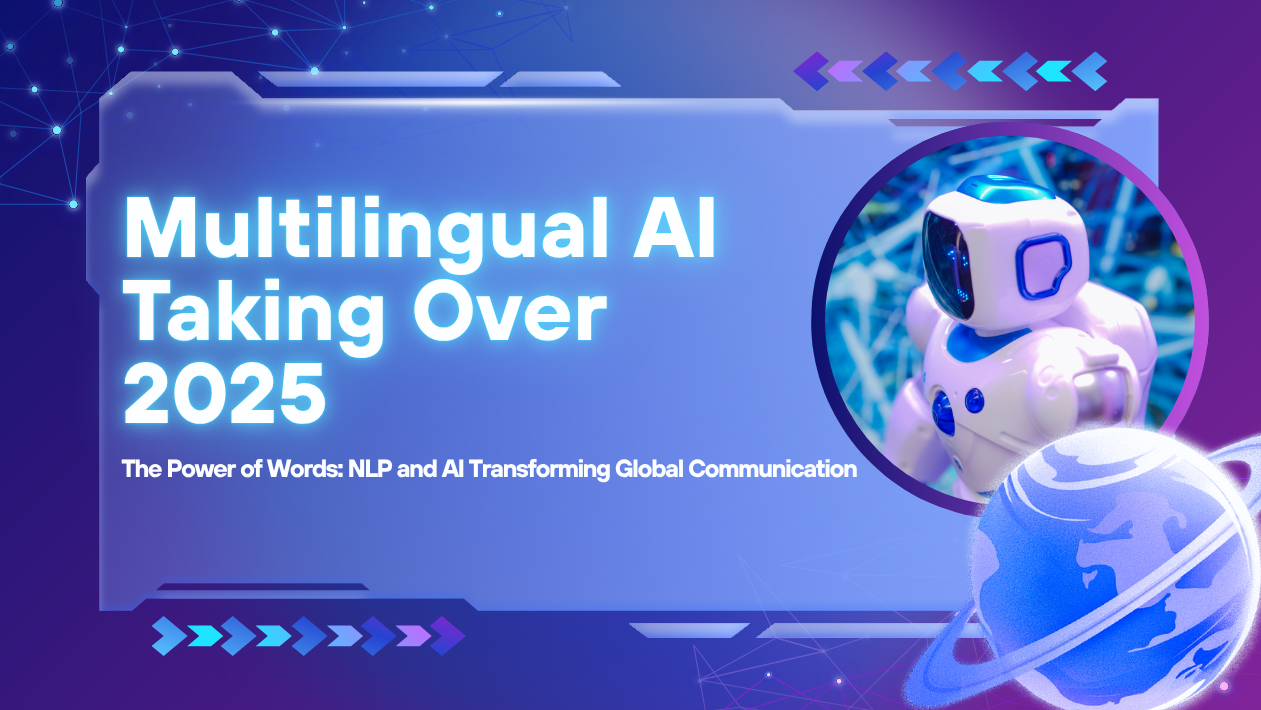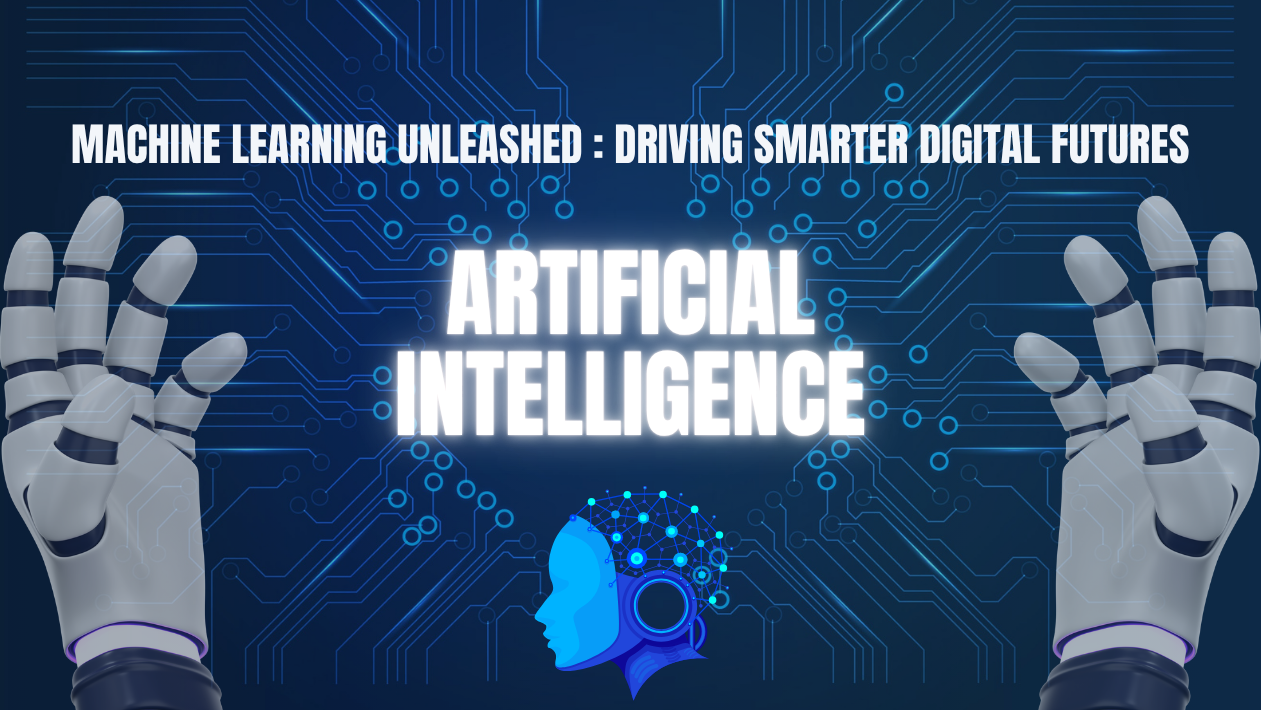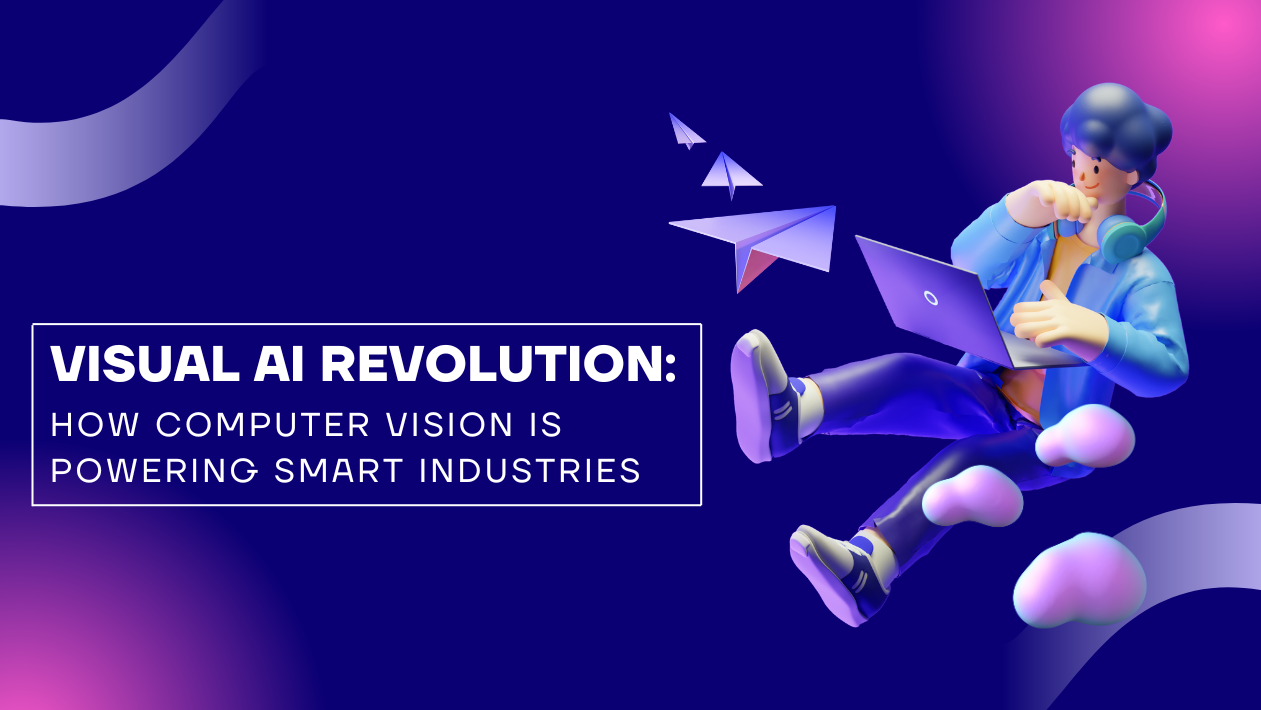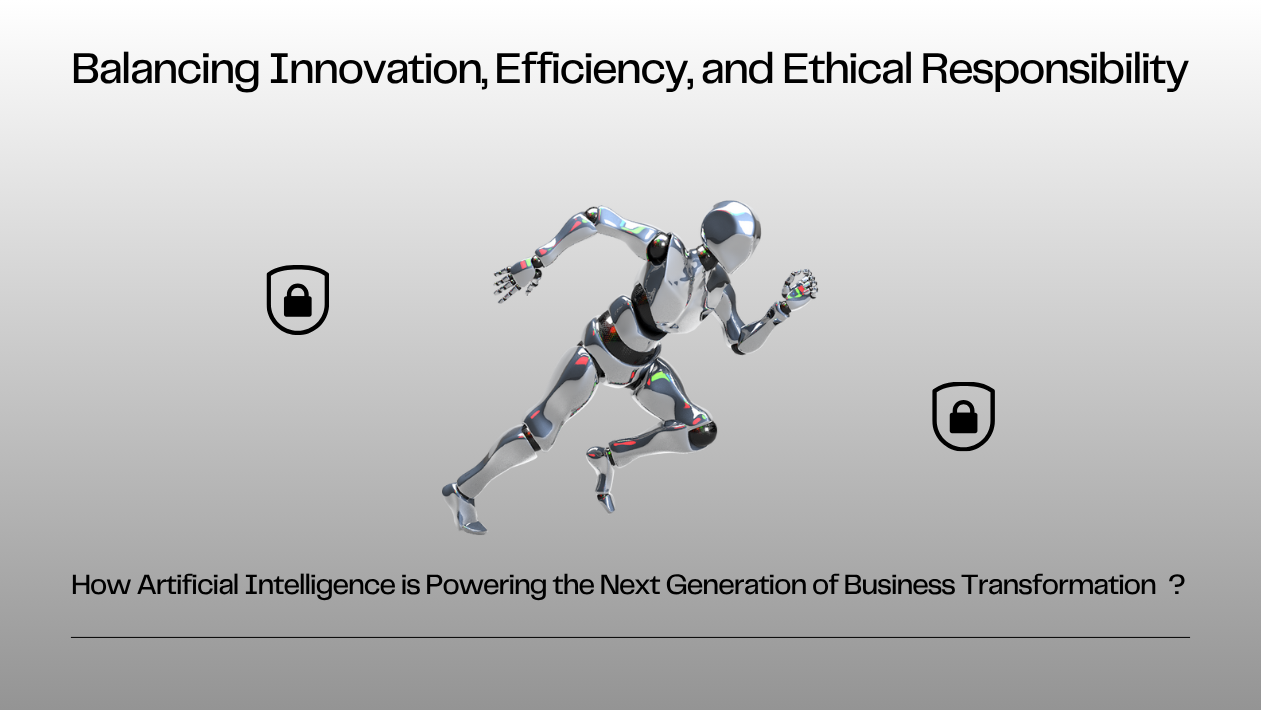Natural Language Processing (NLP) has moved from experimental to essential in 2025, driving breakthroughs in real-time translation, conversational AI, and text-to-multimodal understanding. Businesses, governments, and educators are rapidly adopting next-generation language models to automate communication, analyze sentiment, and unlock insights from vast amounts of unstructured text.
Next-Generation Large Language Models Enter the Enterprise
Companies worldwide are integrating advanced models—such as GPT-5-class systems and open-source alternatives like Mistral 12B—into customer service, legal analysis, and content generation. These tools summarize lengthy documents in seconds, draft complex reports, and even interpret regulatory language across multiple jurisdictions, saving organizations time and cost.
Real-Time, Multilingual Communication Breakthroughs
AI-powered translation platforms now deliver instant speech-to-speech translation with near-human accuracy in over 120 languages. Global teams use these systems for live video conferences, cross-border negotiations, and customer interactions, reducing the need for human interpreters while increasing accessibility.
Conversational AI Redefines Customer Experience
Retail, healthcare, and financial services are deploying context-aware virtual agents capable of handling nuanced queries, detecting sentiment, and escalating only when necessary. These assistants integrate with CRM and knowledge bases to offer personalized, empathetic responses, improving both satisfaction and operational efficiency.
Cross-Modal NLP Expands Beyond Text
The frontier of NLP now includes text-to-image, text-to-video, and audio-driven understanding, enabling systems to process and generate content across multiple formats. This is transforming sectors from education—where AI tutors can explain concepts with dynamic visuals—to media, where automated content creation blends words, sound, and imagery.
Ethics and Regulation Take Center Stage
As adoption accelerates, policymakers emphasize data privacy, bias mitigation, and transparency. New global standards require companies to disclose training data sources, implement fairness audits, and provide clear “model cards” explaining capabilities and limits.
Looking Ahead
Experts predict that within the next few years, NLP systems will act less like tools and more like collaborative partners, capable of reasoning over enterprise data, anticipating user needs, and adapting to cultural context in real time.





